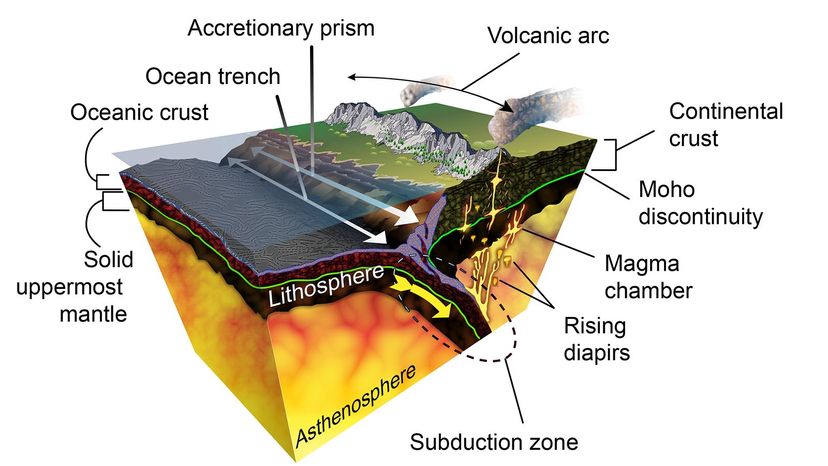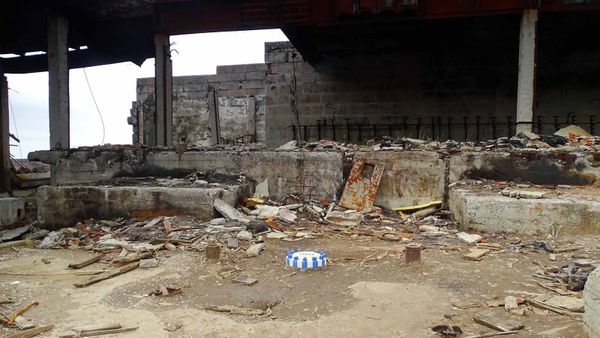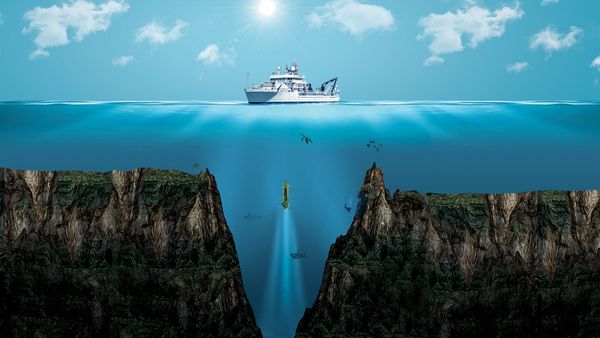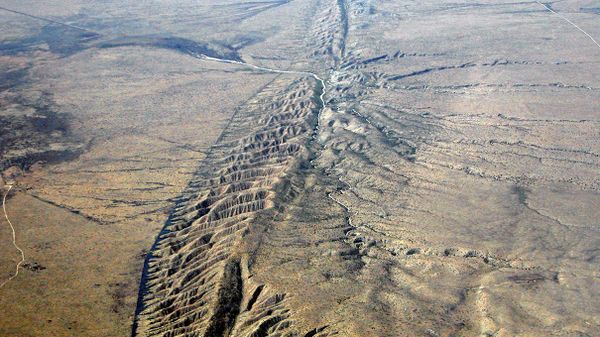Until the late 19th century, scientists believed that Earth's composition was the same from crust to core. As seismogram technology advanced, scientists like Mohorovicic could take more precise measurements — leading to unprecedented discoveries like the one he made Oct. 8, 1909, when that earthquake hit about 25 miles (40 kilometers) south of Mohorovicic's seismic station in Zagreb.
After the quake, the measurements Mohorovicic collected were bewildering. He called his colleagues in 40 other seismic stations around Croatia to confirm what he observed. There was a sudden increase of seismic waves as they passed from the crust to the mantle.
But if Earth's interior was made up of the same material all the way through, the waves should have been proportional to their distance. In other words, they should move gradually slower as they got further away from the quake's epicenter. But instead, Mohorovicic found they started traveling faster.
Mohorovicic knew that seismic waves are refracted faster through denser materials, a behavior explained by a natural law of refraction called Snell's Law. He hypothesized that those faster-moving waves must have encountered a denser layer of Earth.
At a very high level, you can imagine the wave refraction that Mohorovicic observed like this: There's a shark in the water, and you are swimming as fast as you can to get away. As soon as you hit the beach, you hit a sprint and escape much faster than you could in the water. Beyond the fact that sharks can't walk on land, once you hit a material you could move through faster — like air — you travel more quickly.
Certain seismic waves, like P-waves, travel through denser materials at a greater velocity. Mohorovicic knew this and hypothesized that a different material must be below Earth's crust that caused the refraction of the seismic waves.
He published his finding in a 1919 journal — the first person to introduce the idea that there is a sharp boundary made up of a different material that separates the superior crust from the mantle beneath it. It's now known as the Mohorovicic discontinuity.



